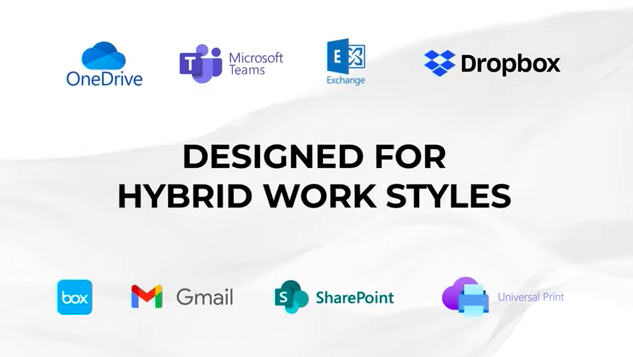Remote work was once viewed as an occasionally luxury, an employee perk, or a temporary solution. But when the start of the COVID-19 pandemic resulted in stay-at-home orders, it quickly became essential to keeping businesses running. Many months later, it seems what was once a stopgap measure actually marked the beginning of a paradigm shift. As employees continued to do their jobs efficiently and effectively from remote locations, some companies began to view the work-from-home model as longer-term, while others embraced a hybrid model in which employees split time between home and office.
 While there are many benefits to remote work for both employer and employee, there are some downsides as well – and one of those is the need to provide IT services to a remote workforce. Some employees are more tech savvy than others; some can work through technical issues while others are the reason the PEBCAK (problem exists between chair and keyboard) error was invented. Take those workers and the technology they need to do their jobs off-premise and you’ve got some problems — mainly security.
While there are many benefits to remote work for both employer and employee, there are some downsides as well – and one of those is the need to provide IT services to a remote workforce. Some employees are more tech savvy than others; some can work through technical issues while others are the reason the PEBCAK (problem exists between chair and keyboard) error was invented. Take those workers and the technology they need to do their jobs off-premise and you’ve got some problems — mainly security.
Remote workers scattered all over, running a combination of personal and company devices and software from their home Wi-Fi connections, can be a nightmare for IT service providers who want to keep their networks safe. A recent report by VMWare shows 97% of organizations in the U.S. had experienced a data breach as a result of a cyberattack in the past 12 months, and 88% of North American respondents said they had seen an increase in overall cyberattacks as a result of employees working from home. Let’s face it – your network is only as secure as the weakest device on it. Here, then, are some things to consider when thinking about keeping your company safe.
Click here to read the rest!
SOURCE Sharp Electronics


